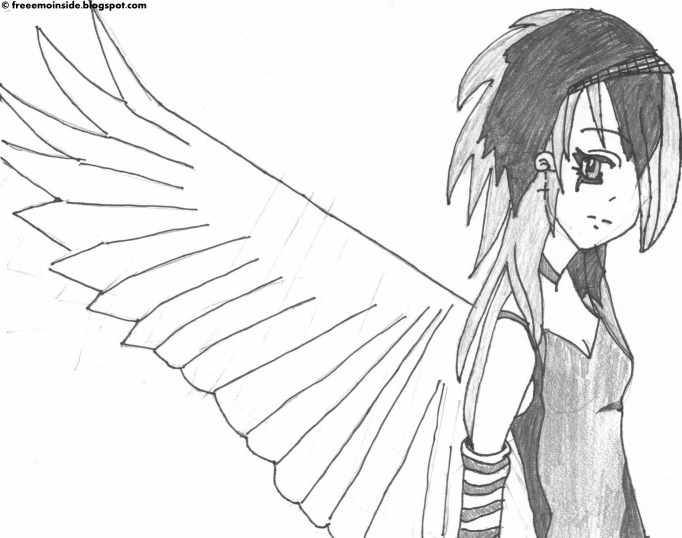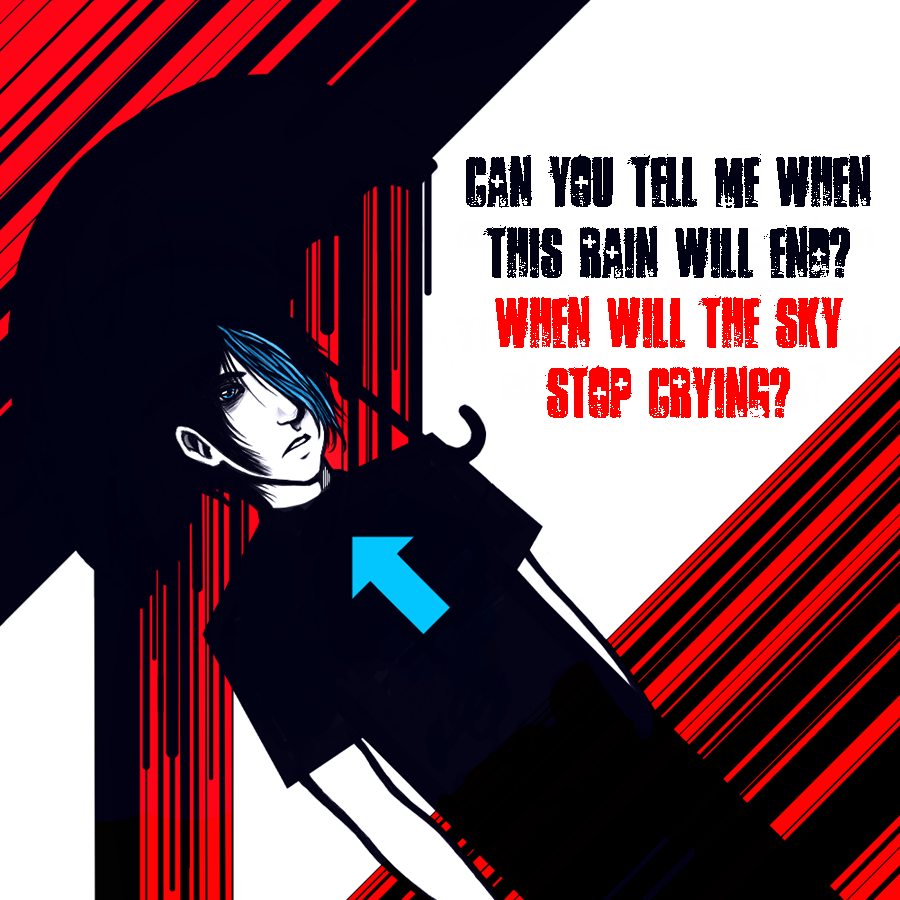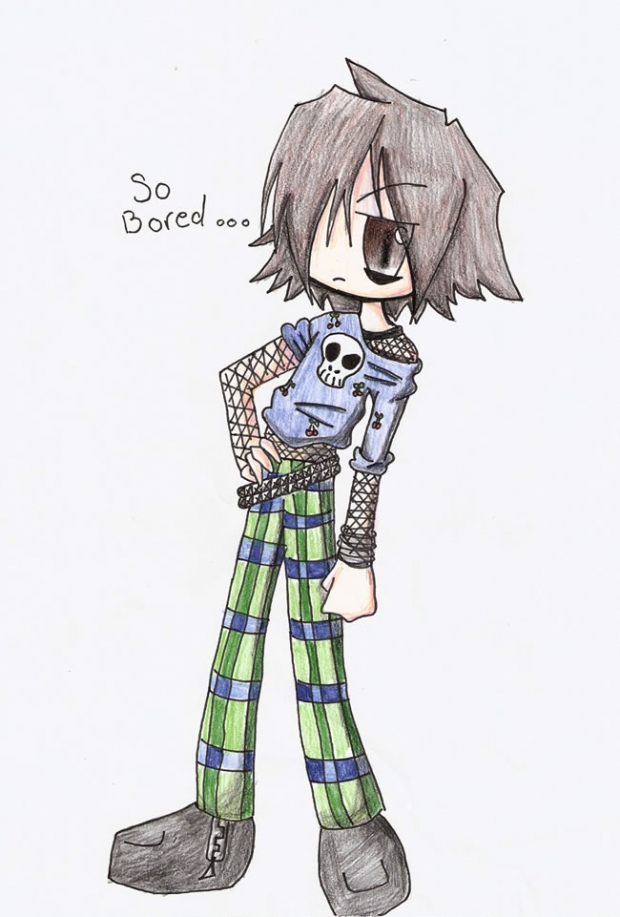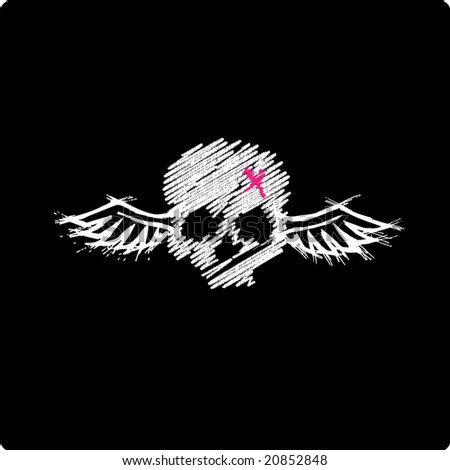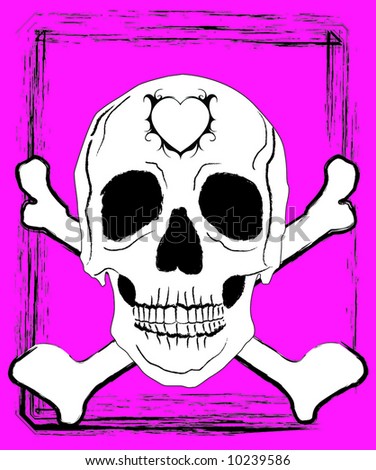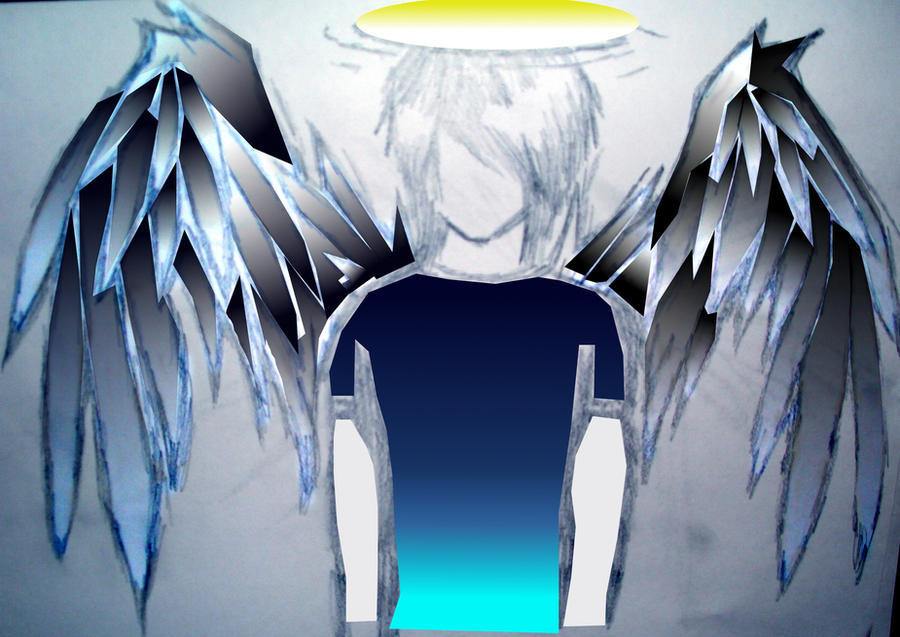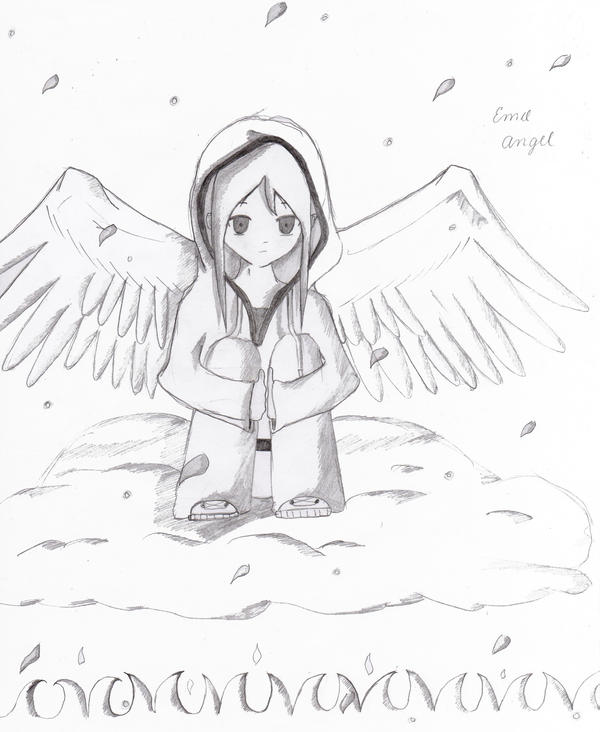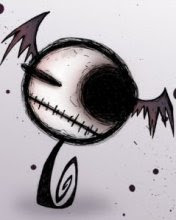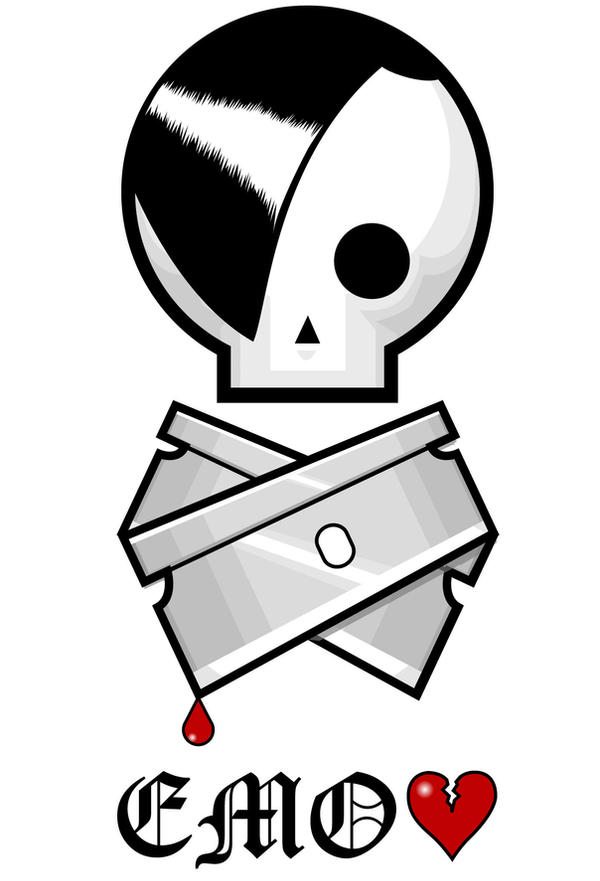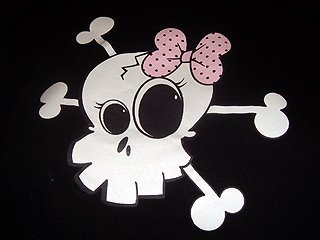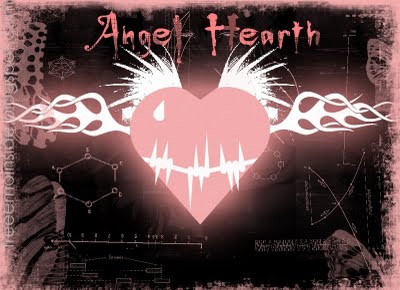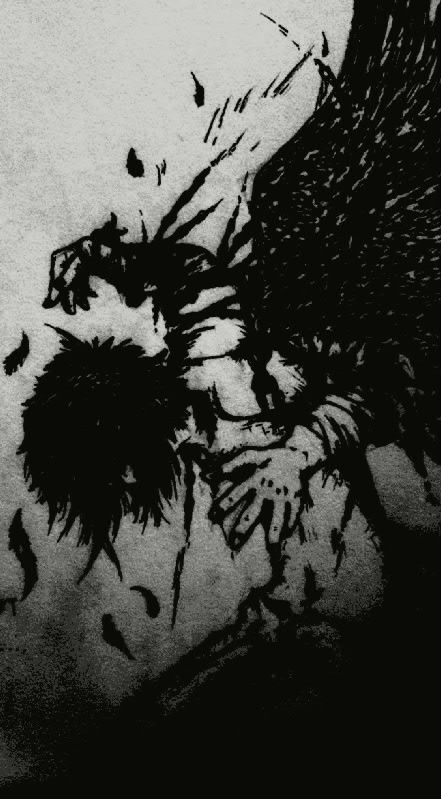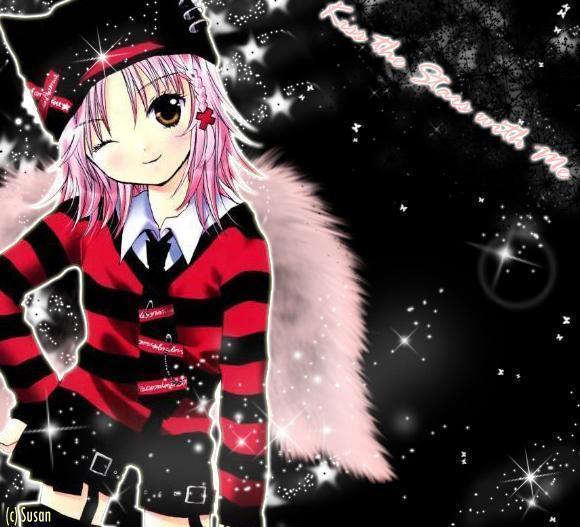
Consumers are living things that depend on other living things because they could not make their own food. Consumers in an ecosystem consisting of animals and humans.
Consumers there are several levels, namely:
a. The first consumer level
The first consumer or primary consumer is an animal that directly feed the plants. Animals that eat plants are called herbivores. Examples include: deer, rabbits, cattle, horses, buffalo, and so forth.
b. the second consumer
Consumer level II or secondary consumers are animals that prey on other animals, belong to the carnivores and omnivores. Carnivores are meat-eating animals, omnivorous animal is eating everything (plants and animals). Animals that occupy secondary consumers, for example: tigers, lions, wolves, snakes fields, and so forth.
c. The third consumer
The third or tertiary consumers Consumers arery consume animals that obtain energy by eating primars or secondary consumers such as raccoons eat the chicken, the eagle eating a snake, and so forth.
d. consumers top
Consumers are creatures top ranks last in the event of eating and being eaten. In an ecosystem of consumers do not have a top predator (the predator), because these animals no one dares to eat it. Example: eagles, tigers, dragons, lions, and so forth.
